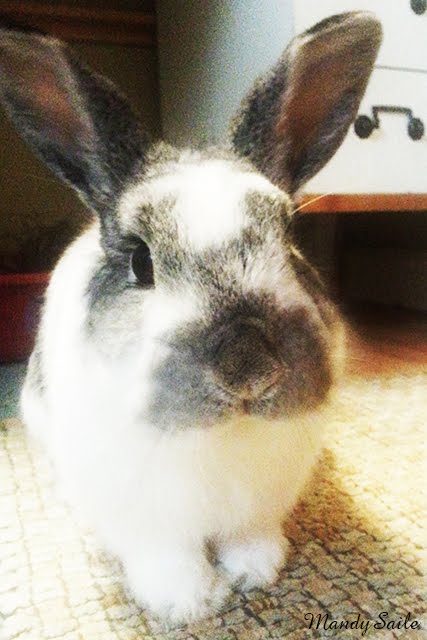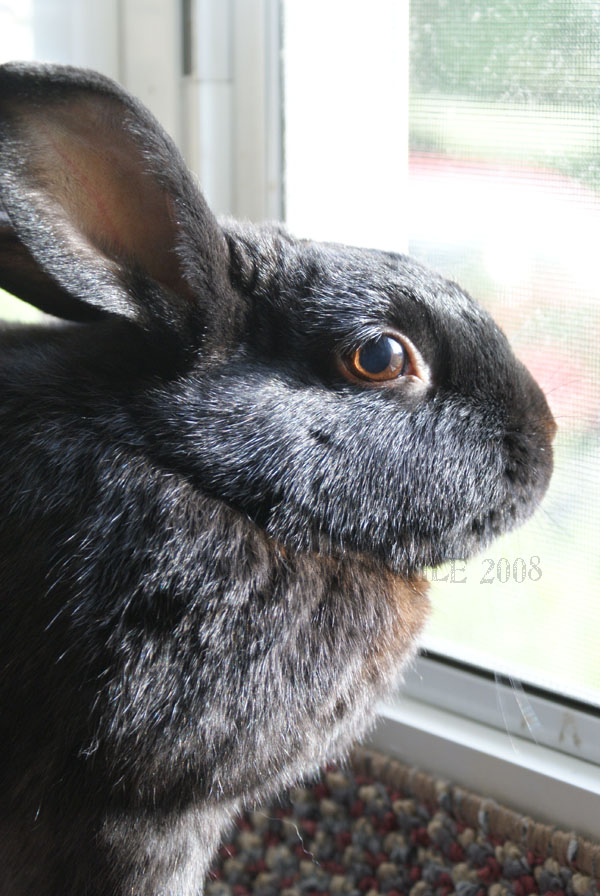Today I wanted to show you the black and white illustrations which I painstakingly worked on around this time last year. I was so very very happy for the experience. Working with 3 different authors via email, phone and fax was challenging and there were many many revisions before reaching any of the approved finals but it was a challenge and task I enjoyed. I started out not even knowing what a 'stub' was, but after working on the project for almost 4 months, I learnt alot and I am happy that the illustration will perhaps help loggers be more careful and aware when in their forestry profession and that the guide and pictures will help protect the wildlife that lives and needs trees, etc...
Here are the illustrations that 'made' it into the MNR Forestry Guide....
 This illustration depicts a forested area with different soil erosion's and the damage of trucks and too much cutting on the land.
This illustration depicts a forested area with different soil erosion's and the damage of trucks and too much cutting on the land.
 This illustration depicts a forested area with different soil erosion's and the damage of trucks and too much cutting on the land.
This illustration depicts a forested area with different soil erosion's and the damage of trucks and too much cutting on the land. This illustration depicts a tire rut made by the forestry trucks and how deep they should or should not be so as not to leave permanent damage to the forest bed.
This illustration depicts a tire rut made by the forestry trucks and how deep they should or should not be so as not to leave permanent damage to the forest bed.
 This illustrations depicts and shows miles and radius of tree cutting allowed around marshland areas.
This illustrations depicts and shows miles and radius of tree cutting allowed around marshland areas.
 This illustration shows how much cutting and how far back cutters must stay from nesting areas found along shorelines etc...
This illustration shows how much cutting and how far back cutters must stay from nesting areas found along shorelines etc...
 This illustration helps to depict how streams and shorelines along the streams are affected by different types of cutting and what type of trees, shrubs etc should be left to ensure a strong bank, no soil erosion, etc...
This illustration helps to depict how streams and shorelines along the streams are affected by different types of cutting and what type of trees, shrubs etc should be left to ensure a strong bank, no soil erosion, etc... This illustration is for eagle or osprey nests and the no-cut radius on cliff faces which cutters must abide by.
This illustration is for eagle or osprey nests and the no-cut radius on cliff faces which cutters must abide by.
 This illustration shows primary, secondary and 3rd nests of a bird species and how all nesting areas must be located and a certain radius/miles of no-cutting is enforces around these nests to protect the birds and its natural habitat.
This illustration shows primary, secondary and 3rd nests of a bird species and how all nesting areas must be located and a certain radius/miles of no-cutting is enforces around these nests to protect the birds and its natural habitat.
This illustration shows different types of tree cavities and how different species use the holes as a home, so trees with large or even small cavities are suggested to not be cut so that animals, birds, etc homes are left undisturbed.
(This was one of my favourite illustrations, so I just wanted to show you the larger size so you can see the detail abit more...)

 This illustrations depicts another cavity tree and how some cavities are born over time, whether it be healed over damage from burrowing or lightening strike...or a freshly fallen branch and the cavity it leaves on tree can become a quick home for a bird or little animal.
This illustrations depicts another cavity tree and how some cavities are born over time, whether it be healed over damage from burrowing or lightening strike...or a freshly fallen branch and the cavity it leaves on tree can become a quick home for a bird or little animal.
 This illustration is of a stub tree...showing that cutters must try to leave stubs at 6 feet to allow for decay of tree and therefore future cavity function, especially suggested is to cut above any already present cavities.
This illustration is of a stub tree...showing that cutters must try to leave stubs at 6 feet to allow for decay of tree and therefore future cavity function, especially suggested is to cut above any already present cavities.

 This illustrations depicts another cavity tree and how some cavities are born over time, whether it be healed over damage from burrowing or lightening strike...or a freshly fallen branch and the cavity it leaves on tree can become a quick home for a bird or little animal.
This illustrations depicts another cavity tree and how some cavities are born over time, whether it be healed over damage from burrowing or lightening strike...or a freshly fallen branch and the cavity it leaves on tree can become a quick home for a bird or little animal.
 This illustration is of a stub tree...showing that cutters must try to leave stubs at 6 feet to allow for decay of tree and therefore future cavity function, especially suggested is to cut above any already present cavities.
This illustration is of a stub tree...showing that cutters must try to leave stubs at 6 feet to allow for decay of tree and therefore future cavity function, especially suggested is to cut above any already present cavities.
I was commissioned and compensated for 23 Black and White Illustrations, where I retained copyright and usage for self-promotion etc, however only 10 illustrations made it into the book, 2 were dropped...and here's the other ones that were indeed approved but for reasons unknown to me did not make it into the book!....
 This illustration shows a forested area and it's stubs. Some of the larger veteran trees with cavities are left behind to house local animals and birds and stubs are left behind for future cavity usage or decay which can also become a home. Larger trees are left behind because 10 years down the road....
This illustration shows a forested area and it's stubs. Some of the larger veteran trees with cavities are left behind to house local animals and birds and stubs are left behind for future cavity usage or decay which can also become a home. Larger trees are left behind because 10 years down the road....
 ...half of those will fall and again become hiding places and homes for various species, therefore responsible forestry which is considering the future of the forest habitats.
...half of those will fall and again become hiding places and homes for various species, therefore responsible forestry which is considering the future of the forest habitats.
 This illustrations shows cavities and tells the forest cutters that they must be vigilant and observant, that not all cavity trees are easy to find and therefore mark for no-cutting.
This illustrations shows cavities and tells the forest cutters that they must be vigilant and observant, that not all cavity trees are easy to find and therefore mark for no-cutting.
.jpg) This one shows a mast tree. Mast trees are often large veteran trees which have a good crown that are fruit or nut bearing. Mast trees can be spotted easily to the cutters because often a bear will leave marks either on the ground or on the tree it's in the way of claw marks, or damaged bark etc...These trees are not cut and left along because the cutters will know that a bear relies on this area as a food source.
This one shows a mast tree. Mast trees are often large veteran trees which have a good crown that are fruit or nut bearing. Mast trees can be spotted easily to the cutters because often a bear will leave marks either on the ground or on the tree it's in the way of claw marks, or damaged bark etc...These trees are not cut and left along because the cutters will know that a bear relies on this area as a food source.
.jpg) Just another mast tree illustration, clearly showing damage to the bark, claw marks and yes even a small cavity near the base.
Just another mast tree illustration, clearly showing damage to the bark, claw marks and yes even a small cavity near the base.


 These 3 illustrations show Super Canopy trees, which are also not suppose to be cut because the are also veteran trees and serve a multitude of purposes in protected smaller fellow trees and are often home to many cavities/homes.
These 3 illustrations show Super Canopy trees, which are also not suppose to be cut because the are also veteran trees and serve a multitude of purposes in protected smaller fellow trees and are often home to many cavities/homes.
 This picture shows a veteran tree...the cavity at the base is old and worn and most likely home to some animals. There are also 2 other cavities on this tree which I am sure by now you can spot yourself. The bark shows signs of a lightening strike that the tree strongly survived. Most likely this veteran tree would not be cut because it will eventually most likely grow into a super-canopy tree and dwarf all the others around it and continue to serve it's purpose as protector and home.
This picture shows a veteran tree...the cavity at the base is old and worn and most likely home to some animals. There are also 2 other cavities on this tree which I am sure by now you can spot yourself. The bark shows signs of a lightening strike that the tree strongly survived. Most likely this veteran tree would not be cut because it will eventually most likely grow into a super-canopy tree and dwarf all the others around it and continue to serve it's purpose as protector and home.
 This illustration shows a forested area and it's stubs. Some of the larger veteran trees with cavities are left behind to house local animals and birds and stubs are left behind for future cavity usage or decay which can also become a home. Larger trees are left behind because 10 years down the road....
This illustration shows a forested area and it's stubs. Some of the larger veteran trees with cavities are left behind to house local animals and birds and stubs are left behind for future cavity usage or decay which can also become a home. Larger trees are left behind because 10 years down the road....
 ...half of those will fall and again become hiding places and homes for various species, therefore responsible forestry which is considering the future of the forest habitats.
...half of those will fall and again become hiding places and homes for various species, therefore responsible forestry which is considering the future of the forest habitats. This illustrations shows cavities and tells the forest cutters that they must be vigilant and observant, that not all cavity trees are easy to find and therefore mark for no-cutting.
This illustrations shows cavities and tells the forest cutters that they must be vigilant and observant, that not all cavity trees are easy to find and therefore mark for no-cutting..jpg) This one shows a mast tree. Mast trees are often large veteran trees which have a good crown that are fruit or nut bearing. Mast trees can be spotted easily to the cutters because often a bear will leave marks either on the ground or on the tree it's in the way of claw marks, or damaged bark etc...These trees are not cut and left along because the cutters will know that a bear relies on this area as a food source.
This one shows a mast tree. Mast trees are often large veteran trees which have a good crown that are fruit or nut bearing. Mast trees can be spotted easily to the cutters because often a bear will leave marks either on the ground or on the tree it's in the way of claw marks, or damaged bark etc...These trees are not cut and left along because the cutters will know that a bear relies on this area as a food source. .jpg) Just another mast tree illustration, clearly showing damage to the bark, claw marks and yes even a small cavity near the base.
Just another mast tree illustration, clearly showing damage to the bark, claw marks and yes even a small cavity near the base.

 These 3 illustrations show Super Canopy trees, which are also not suppose to be cut because the are also veteran trees and serve a multitude of purposes in protected smaller fellow trees and are often home to many cavities/homes.
These 3 illustrations show Super Canopy trees, which are also not suppose to be cut because the are also veteran trees and serve a multitude of purposes in protected smaller fellow trees and are often home to many cavities/homes. This picture shows a veteran tree...the cavity at the base is old and worn and most likely home to some animals. There are also 2 other cavities on this tree which I am sure by now you can spot yourself. The bark shows signs of a lightening strike that the tree strongly survived. Most likely this veteran tree would not be cut because it will eventually most likely grow into a super-canopy tree and dwarf all the others around it and continue to serve it's purpose as protector and home.
This picture shows a veteran tree...the cavity at the base is old and worn and most likely home to some animals. There are also 2 other cavities on this tree which I am sure by now you can spot yourself. The bark shows signs of a lightening strike that the tree strongly survived. Most likely this veteran tree would not be cut because it will eventually most likely grow into a super-canopy tree and dwarf all the others around it and continue to serve it's purpose as protector and home.This is an illustration which was suppose to accompany one of the pictures that made it into the book, but it again shows the land after tree cutting...the left behind branches etc will become mulch and encourage future growth etc.
So there you have it...my first book illustrated and now universe...send me a children's book to illustrate, ha ha...Thanks for having a look today, join me next week, probably Tuesday instead of Monday for new inspirations, aspirations, illustrations and creations from yours truly, Mandy Saile of Bijou's Whimsy.
























































1 comment:
Wow, you received your book! Congratulations! I love a whole bunch of the images, but my favourite is definitely the wood-pecker. It's so beautiful!
Post a Comment